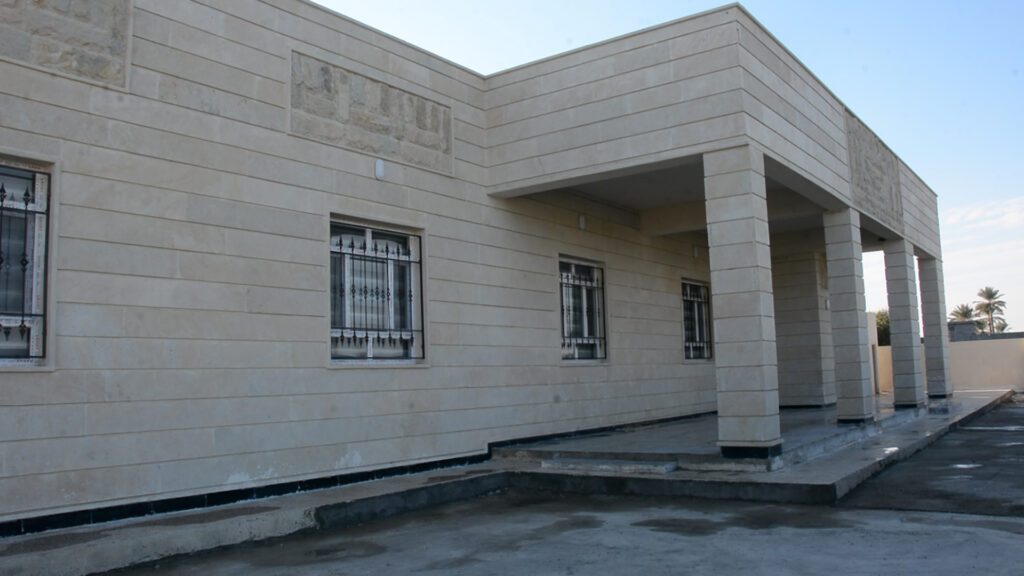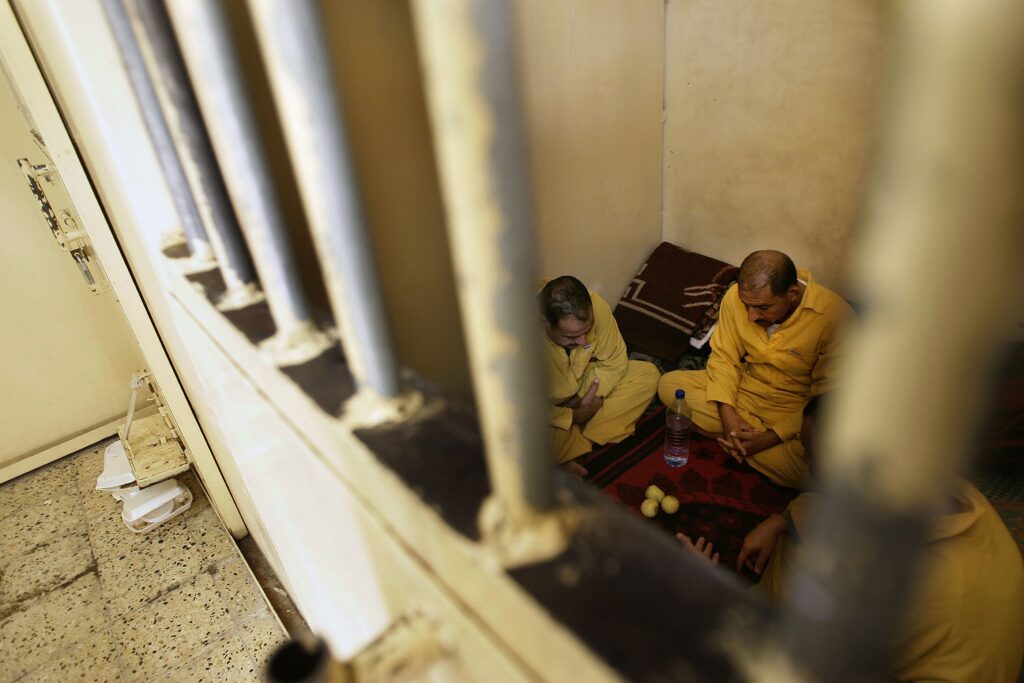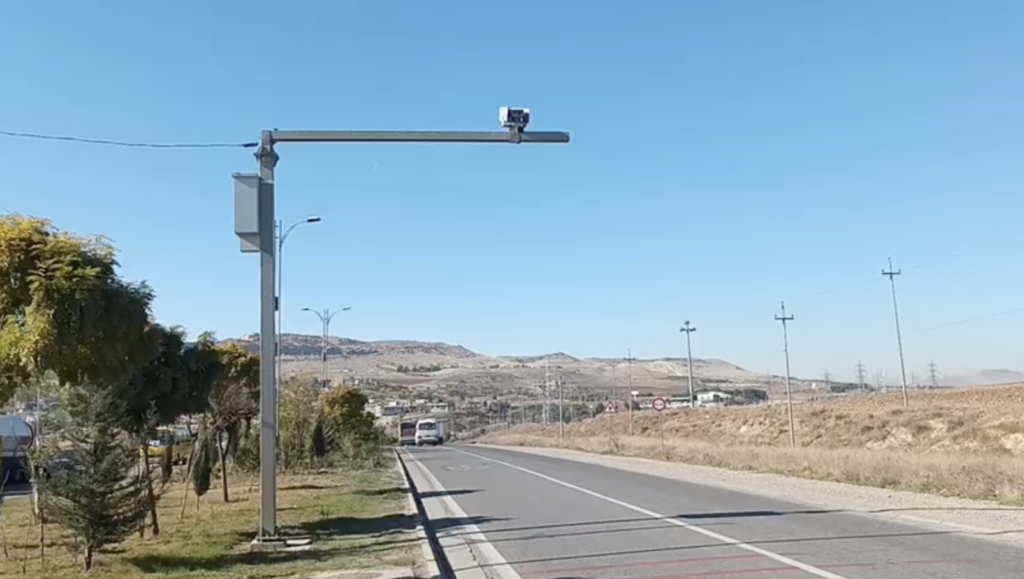World: Humanitarian Military Interventions Dataset
The PRIF Dataset on Humanitarian Military Interventions since 1945
This dataset is the first to chart the entire universe of so-called humanitarian military interventions after the Second World War. It presents central aspects of such interventions, such as the authorizing and executing actors, their declared goals and the means employed, and developments in the target country. Its comprehensiveness and transparency facilitate both qualitative and quantitative studies from either an exploratory or theory-testing research, using humanitarian military interventions as either an explanatory factor or outcome. This webpage offers two tabular datasets along with detailed case descriptions about all humanitarian military interventions since the Second World War. Work on the dataset and the webpage was funded by the German Foundation for Peace Research.
Understanding of humanitarian military interventions
The dataset is based on a broad notion of humanitarian military interventions and ensures transparency by documenting all coding decisions. In a humanitarian military intervention a state or a group of states sends troops to another country, uses or threatens military force with the declared intention of saving citizens of the target country from a violent emergency. Our understanding of humanitarian military intervention does neither imply a claim that these interventions were solely or primarily motivated by humanitarian motivations. Nor does our definition postulate that a humanitarian military intervention indeed improves the situation in the target country. Thus, the term “humanitarian military intervention” is used to denote a subcategory of military interventions that are conducted with a declared humanitarian intention. Scholars who define humanitarian military intervention differently can easily adapt the data for their own purposes as all relevant information is included in the dataset.








